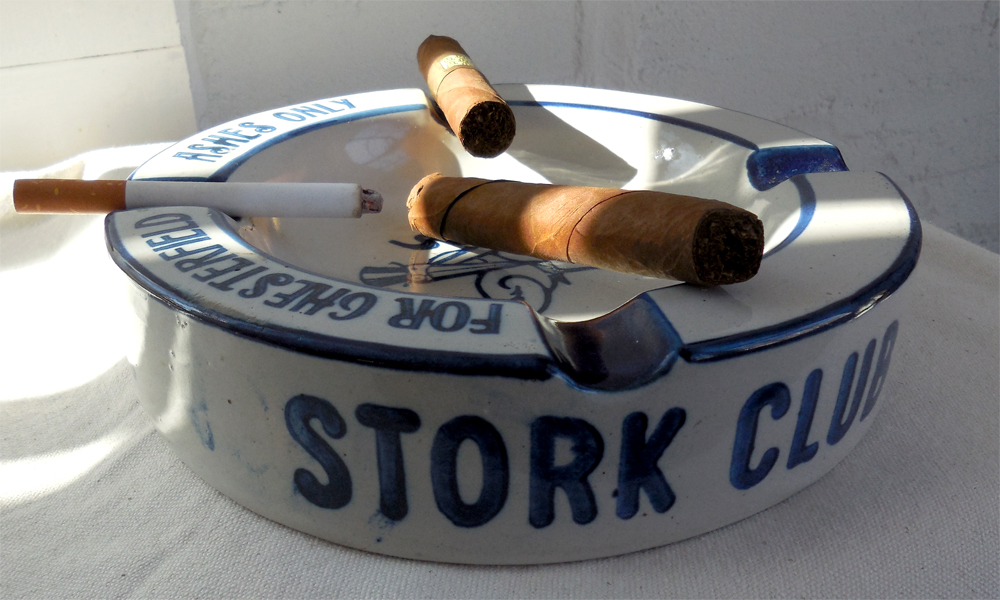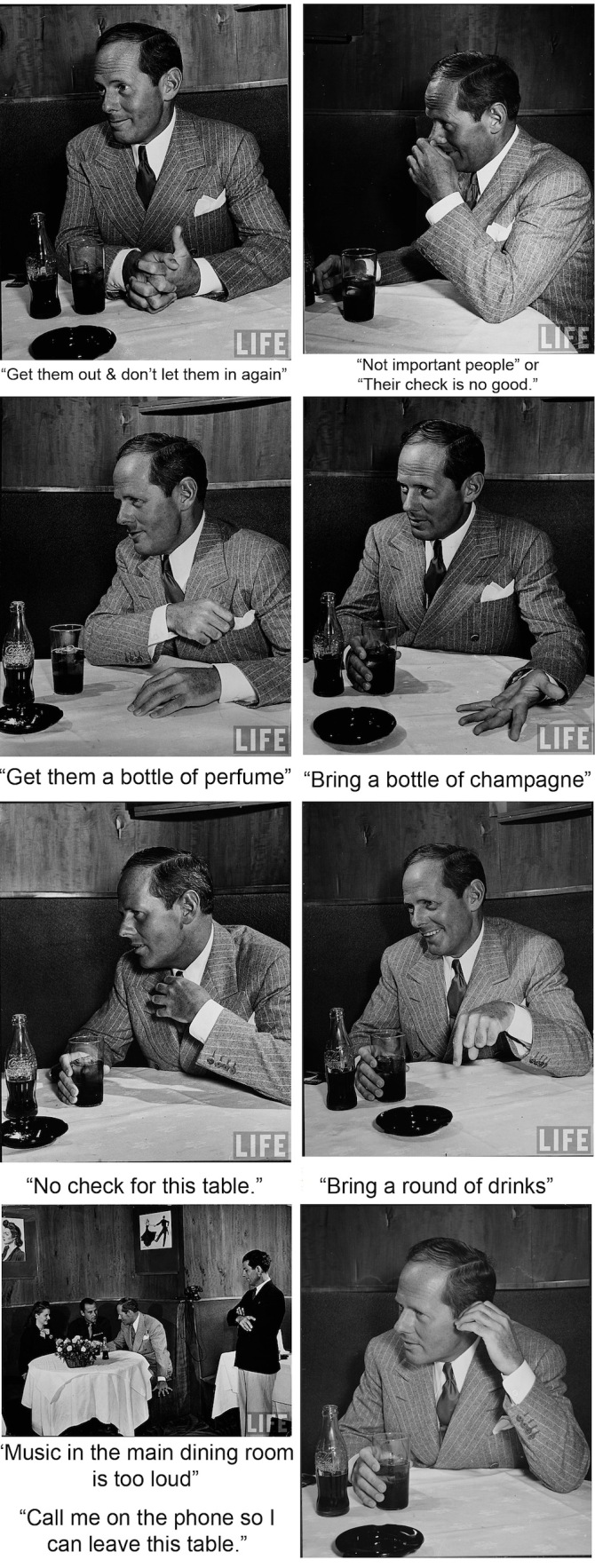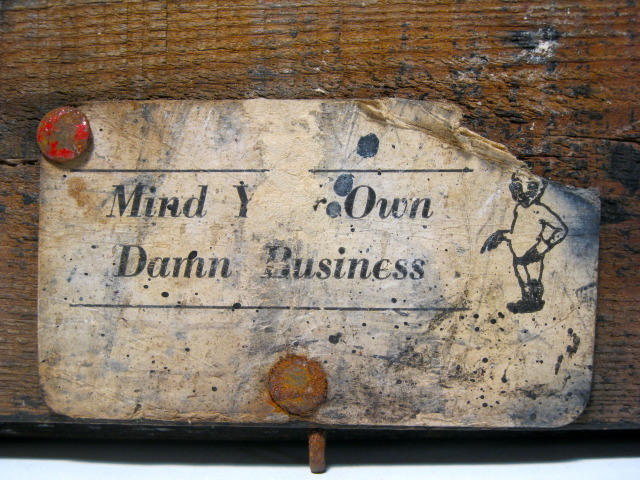
My landlord, Mr. Ed, was 99 years old. As far as anyone could tell, he subsisted entirely on cherry red LifeSavers. Most would fall between his armchair, which smelled like a dumpster, and his khakis where they would adhere in a row of sticky red globs. Children and some unkind adults would point fingers and laugh as he plodded down the street to the local C'Town market. He seemed to cotton to me as I found it relaxing to sit and drink Rob Roys while listening to his endless tales. One was about procuring an original Van Gogh painted plate at a movie give-away in the 1930's. It did not look like a Van Gogh.
The other item he liked to talk about was an ashtray from the Stork Club where he was once a regular. Mr. Ed figured out the owner's secret sign language as he table hopped around the club. One evening the owner said he could take an ashtray home with him. This story held more interest for me. I coveted said ashtray. In a moment of weakness, and as I clearly was tenant of the month, Mr. Ed sold it to me for $15. As it turns out Stork Club owner Sherman Billingsley did indeed keep control of the action at the club through a series of hand signals to his help. True story. I wonder now about the Van Gogh plate.



